
For sustainable growth, it is necessary to develop based on national potentials and advantages to avoid external shocks. In the photo: workers assembling auto parts at the THACO - Chu Lai factory - Photo: HUU HANH
Tuoi Tre talked with Associate Professor Dr. Tran Hoang Ngan about the story of shifting from slow, safe growth to fast, stable, high-quality growth. He said: "Rapid growth must be based on strong internal advantages to avoid external shocks. In particular, Vietnam must choose a sustainable direction, ensuring green, sustainable factors and most importantly, growth must go hand in hand with people's happiness."
Rely on internal strengths to avoid external shocks
* Vietnam is entering a new era with the aspiration to become a developed, high-income country by 2045. To realize this aspiration, the country must enter an "acceleration" phase because there are only 20 years left?
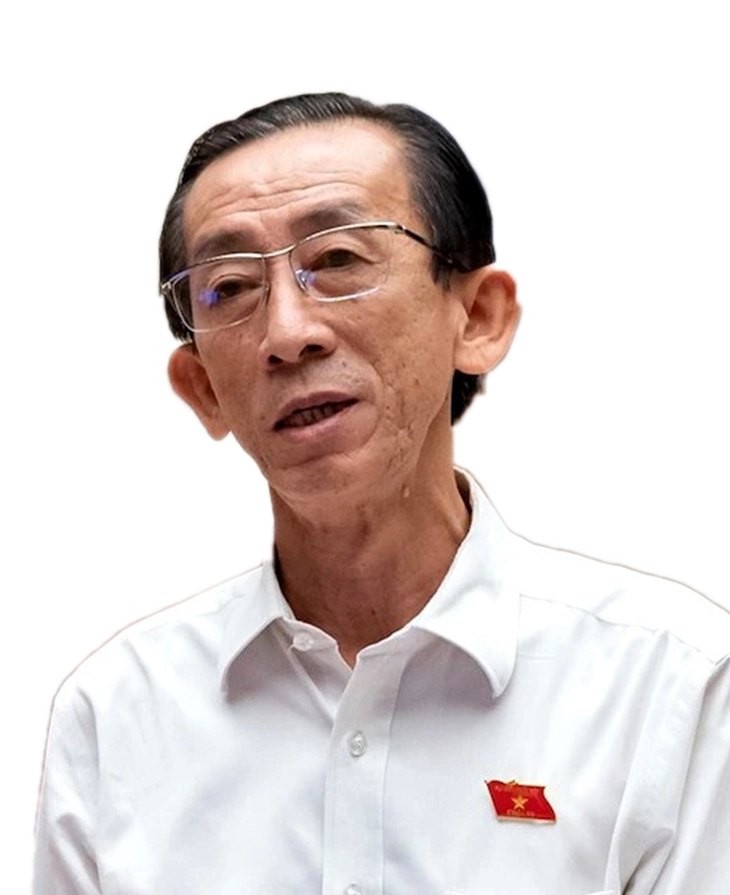
Associate Professor, Dr. Tran Hoang Ngan
- First of all, we need to look back at the 40-year journey of innovation from 1986 to the present. Vietnam's average growth during this period reached about 6.4-6.5%.
The good news is that Vietnam has reached high growth thresholds, for example, in the early 1990s to 1997, growth reached 8.5-9%, even reaching 9.5% in 1996 and 1997. This shows that our high growth potential exists and has been achieved.
However, over the past 40 years, Vietnam's economy has often been slowed down by external shocks. Typical examples are the 1997 Southeast Asian financial crisis and the 2008 global financial crisis. These shocks have caused economic growth to follow a U-shape, slowing down for 2-3 years, resulting in an average growth rate of only 6.4-6.5%.
Currently, we are entering a new era with the goal of accelerating and striving to achieve a growth rate of over 10% to become a high-income country by 2045. This aspiration is completely grounded because after 40 years of innovation, Vietnam has gained a foundation, potential, position and international prestige.
In particular, we have begun to perfect more synchronous institutions and invest in building socio-economic infrastructure, including highways, urban railways, airports... This is a solid foundation for us to confidently accelerate in the next 20 years.
* What are the core foundations for us to be confident in achieving high and sustainable growth in the coming period?
- In my opinion, we need to develop based on existing strengths and advantages to avoid dependence, thereby not being affected and avoiding external shocks. In particular, we need to promote the exploitation of available great potentials, including:
The first is the marine economy. With a long and beautiful coastline, it is necessary to invest in making the marine economy a spearhead economy, including marine energy such as offshore wind power, gas, oil, seafood and tourism . It is necessary to develop logistics chains, invest in deep-water ports, international transit ports such as Can Gio, Cai Mep - Thi Vai, Da Nang, Hai Phong and ports in the Mekong Delta.
The second is high-tech agriculture. It is necessary to transform traditional agriculture into high-tech agriculture so that Vietnamese agricultural products can reach out to the world. In the agricultural sector, we have many advantages and in fact, there are many key export industries such as rice, pepper, cashew nuts, durian...
Third, we need to further develop tourism and culture, promote the development of the smokeless industry, and take advantage of the country's scenic spots and stability to attract international visitors.
The next important issue is to focus on building a team of Vietnamese entrepreneurs and businesses that are capable of reaching out to the world. It is necessary to effectively implement important resolutions such as Resolution 68 of the Politburo and Resolution 198 of the National Assembly on private economic development.
The policy has been cleared, the remaining issue is the need for a specific action program to support businesses in accessing land, production premises, low-interest capital, tax incentives and improving the business environment.
This will create a strong production and business ecosystem for Vietnamese people, from production and business households, small and medium enterprises, to key private economic groups.
* As for domestic consumption and export, what strategies are needed so that these drivers can make important contributions to national growth in the coming period?
- Although Vietnam's import and export are in the top 20 in the world, our large openness makes us vulnerable to world fluctuations. Therefore, in addition to the international market, we must pay special attention to the domestic market of 100 million people and 30 million international visitors every year.
It is necessary to meet the demand for goods, and make Vietnamese people truly love and trust Vietnamese goods. The worrying reality is that there are some Vietnamese people who do not buy Vietnamese goods but instead import foreign goods, including fruits and even rice, although this is Vietnam's strength.
Research is needed to meet the demand for high-quality goods for Vietnamese people, and to encourage Vietnamese people to prioritize Vietnamese goods and Vietnamese agricultural products. This will promote a strong domestic market alongside the growing export sector and will help us grow steadily and sustainably.
Mobilizing all resources for infrastructure development
* We are promoting the development of both public and private investment in the infrastructure sector. To keep this sector as a growth driver, we need to mobilize all resources to speed up important infrastructure projects?
- Infrastructure is the key factor to reduce logistics costs, increase business efficiency, and help businesses optimize costs. However, due to the limitations of logistics infrastructure, lack of synchronization and lack of connection... leading to Vietnam's logistics costs averaging 16-17% of GDP, much higher than the world average of 10.6%. It is necessary to reduce this rate through upgrading infrastructure.
In the 2016-2020 period, we spent 2.2 million billion VND of the budget on development investment; in the 2021-2025 period, it was about 3.4 million billion VND. In the 2026-2030 period, the amount of investment in infrastructure must double or triple to meet the requirements of the new period.
We must not only rely on public investment but also mobilize resources from the non-state sector. The private sector also plays an important role in infrastructure investment. Currently, the National Assembly has issued many preferential institutions to call for domestic investment capital, especially the private sector, to participate in infrastructure investment, but the number is still small.
In my opinion, private enterprises need to implement co-financing and co-bidding solutions by joining forces and forming joint consortia.
In particular, priority must be given to connecting infrastructure to promote the advantages of each land, connecting growth poles together. For example, connecting Tan Son Nhat airport with Long Thanh international airport; connecting Long Thanh to areas that can attract investment and tourism such as Ho Tram area to develop marine economy, to Thu Thiem to develop international financial center or free trade zone, to Can Gio.
Therefore, the North-South high-speed railway line needs to be invested in to fully exploit each area so that each place can contribute greatly to the budget, to growth, and to create GDP. Only then can we develop the whole force and infrastructure is the decisive factor.
* Increasing the content of science and technology in growth is a mandatory requirement, but it seems that many businesses have not really invested in research and development (R&D) and science and technology?
- Resolution 57 of the Politburo and the Law on Science, Technology and Innovation are already in place. The Government should make efforts to promulgate them soon to encourage businesses to prioritize technology development.
Enterprises themselves are aware that without science and technology, without innovation, without digital transformation, they cannot survive in the era of the 4.0 industrial revolution. They need mechanisms and resources, especially capital.
The development of Vietnam’s international financial center will be a place where startups can raise capital. Once all “bottlenecks” have been cleared, businesses will certainly push into R&D and investment in science and technology.
"Development must go hand in hand with people's happiness"
* FDI capital flows have played an important role in growth over the years, but many old-generation "eagle" projects that are labor- and land-intensive are counting down their investment term. What is the solution to the problem of retaining FDI capital flows while attracting new-generation FDI (high-tech, R&D)?
- Vietnam is currently selective, not calling for FDI capital at all costs. We prioritize FDI with high science and technology and prioritize domestic enterprises first. If the infrastructure is good, FDI will flow in even more. For example, airports, seaports, highways, green, modern industrial parks... meet the demand, then the new generation of FDI capital will flow into Vietnam even more than now.
In the future, industrial parks will be restructured to not maintain labor-intensive FDI enterprises with outdated technology that affect the environment. Instead, we will have policies to attract, retain and let high-tech enterprises invest, upgrade technology and invest heavily in R&D. For expired industrial parks, we need to convert to a high-tech model, retain businesses that do business properly and reinvest.
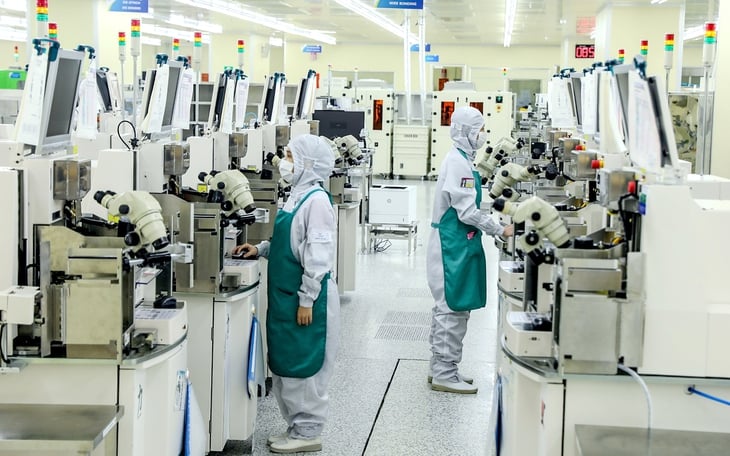
Technical workers work at the semiconductor chip factory of Hana Micron Vina Co., Ltd. (Korean capital) in the old Bac Giang province - Photo: DANH LAM
* How can Vietnam avoid the "trap" of hot, unsustainable growth that some countries have encountered?
- To avoid hot and unsustainable growth, we must avoid external dependence and build a socio-economic development plan based on our own potential and advantages. In particular, development must ensure green and sustainable factors.
Nowadays, even logistics, services, seaports, energy, and transportation must ensure green criteria, and Vietnam is also committed to achieving net zero emissions by 2050. Therefore, green growth and sustainable development are mandatory choices.
The last and most important thing is: development must go hand in hand with attention to people's happiness. Sustainable development is to create a social ecosystem with the important goal of improving the quality of life and bringing happiness to people.
General Secretary To Lam affirmed: "People's happiness must be measured by housing, education, healthcare, a clean living environment, opportunities to create a better life for each family, and the belief that our children will live better than we do today...".
Create many "trains" to accelerate the economy

Megacities Hanoi and Ho Chi Minh City, two important growth poles of the country - Photo: QUANG DINH
According to Associate Professor Dr. Tran Hoang Ngan, it is time to develop the potential of new lands and take advantage of the profitability of each piece of land. In particular, areas with high efficiency must have compatible institutions.
For example, there needs to be an institution compatible with the economic scale and population of major locomotives such as Ho Chi Minh City, Hanoi, Hai Phong, Quang Ninh, and Da Nang to revive these growth poles, help them rise, and pull the Vietnamese economy together to accelerate into a new era.
According to Mr. Ngan, development should not be comprehensive, not just focusing on one or two cities, but everywhere creating growth momentum and GDP. This requires the decisive role of synchronous infrastructure to connect localities, regions and the country.

Source: https://tuoitre.vn/tang-toc-buoc-vao-ky-nguyen-tang-truong-moi-20251101084717631.htm




![[Photo] Lam Dong: Images of damage after a suspected lake burst in Tuy Phong](https://vphoto.vietnam.vn/thumb/1200x675/vietnam/resource/IMAGE/2025/11/02/1762078736805_8e7f5424f473782d2162-5118-jpg.webp)



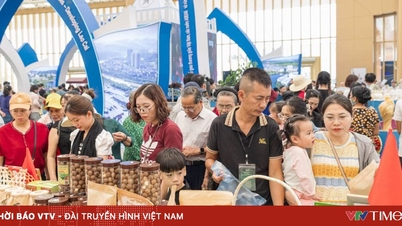

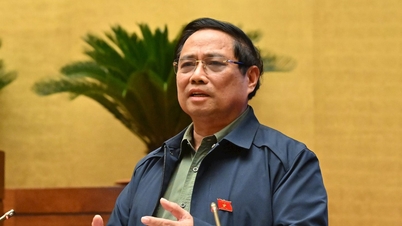




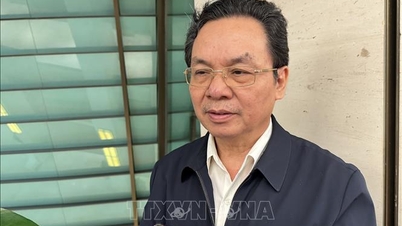


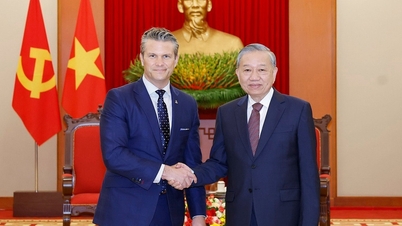





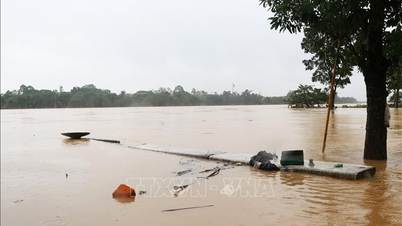
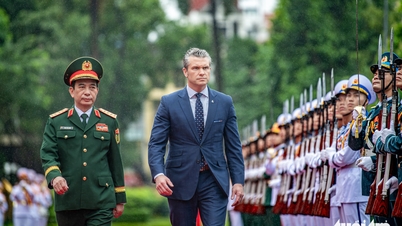




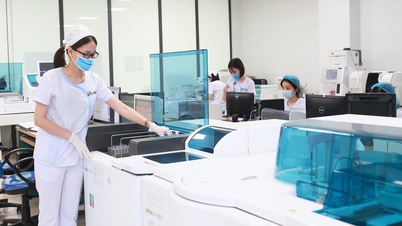
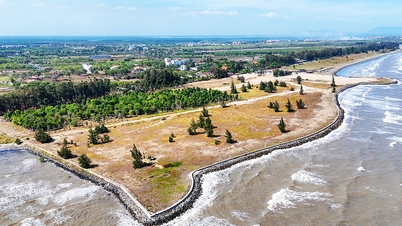
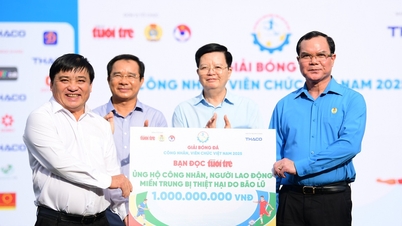


![[Photo] Prime Minister Pham Minh Chinh chairs the second meeting of the Steering Committee on private economic development.](https://vphoto.vietnam.vn/thumb/1200x675/vietnam/resource/IMAGE/2025/11/01/1762006716873_dsc-9145-jpg.webp)






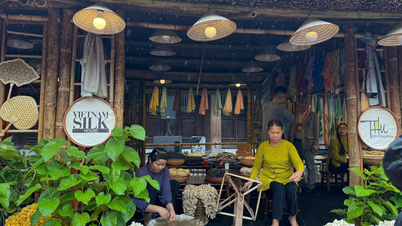


































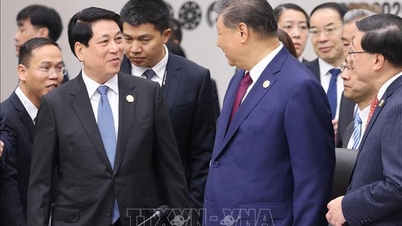



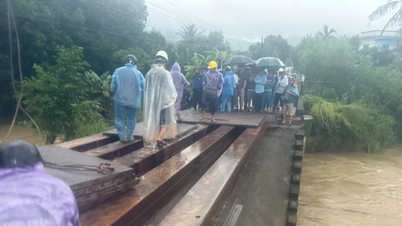

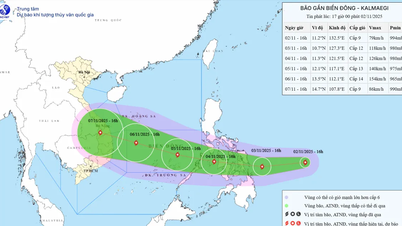

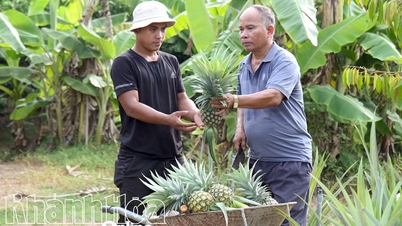

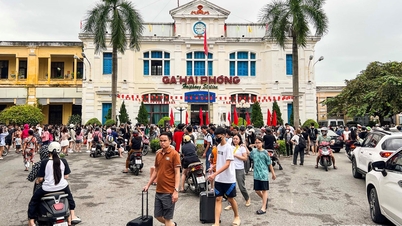


















Comment (0)